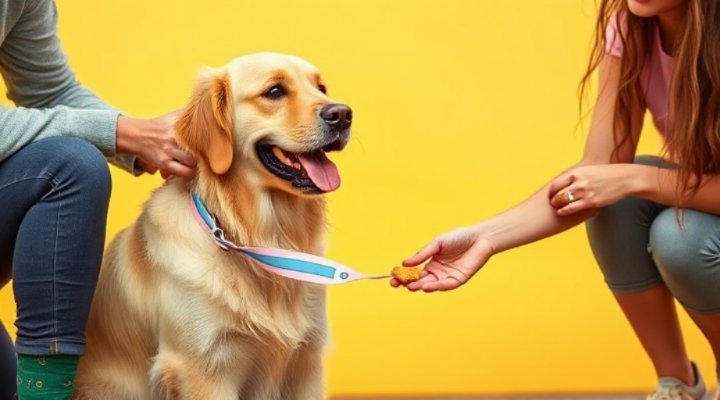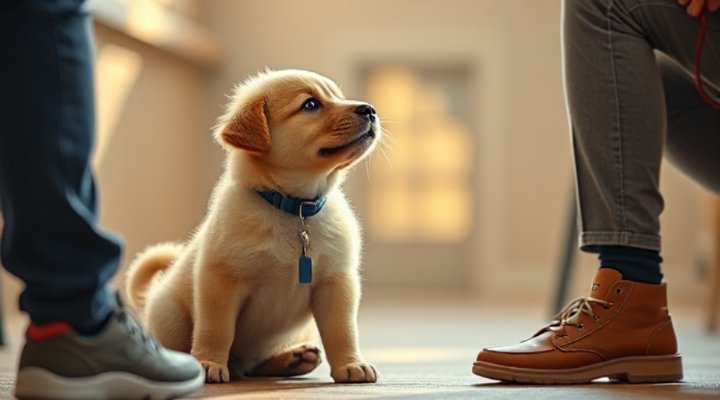Training your dog is one of the most rewarding experiences you can share with your furry friend. Whether you’re teaching basic commands or advanced tricks, the right techniques can make all the difference. In this guide, we’ll explore the top dog training techniques recommended by experts to help you achieve better behavior and obedience from your pet.

Positive Reinforcement: The Gold Standard
Positive reinforcement is widely regarded as the most effective dog training technique. This method involves rewarding your dog for good behavior, which encourages them to repeat it. For example, when your dog sits on command, give them a treat or praise. Over time, they’ll associate the action with positive outcomes.
According to the American Kennel Club, positive reinforcement not only builds trust but also strengthens the bond between you and your dog. It’s a humane and scientifically proven approach that works for dogs of all ages and breeds.

Clicker Training: Precision and Timing
Clicker training is a form of positive reinforcement that uses a small device to mark the exact moment your dog performs the desired behavior. The click sound is immediately followed by a reward, helping your dog understand what they did right.
This technique is particularly useful for teaching complex behaviors or tricks. For instance, if you’re training your dog to roll over, you can click at each step of the process—lying down, turning onto their side, and completing the roll. Check out our guide on positive reinforcement dog training for more tips.

Advanced Obedience Training
Once your dog has mastered the basics, you can move on to advanced obedience training. This includes commands like ‘stay,’ ‘heel,’ and ‘leave it.’ These skills are essential for ensuring your dog’s safety and good manners in public.
Advanced training often requires more patience and consistency. For example, teaching your dog to ‘stay’ involves gradually increasing the duration and distance. If you’re struggling, consider enrolling in a professional dog training program near you.

Puppy Training: Start Early
Puppies are like sponges, eager to learn and please. Starting training early sets the foundation for a well-behaved adult dog. Focus on basic commands like ‘sit,’ ‘come,’ and ‘down,’ and gradually introduce more complex tasks.
Socialization is also a critical part of puppy training. Expose your puppy to different environments, people, and other animals to build their confidence. For more tips, read our article on training your puppy at home.
Common Training Challenges and Solutions
Every dog is unique, and training challenges can arise. For example, some dogs may be easily distracted, while others might be stubborn. The key is to tailor your approach to your dog’s personality and needs.
If your dog is struggling with a particular command, break it down into smaller steps and reward progress. Consistency and patience are crucial. For more specialized help, consult a dog behaviorist.
Conclusion
Training your dog is a journey that requires time, patience, and the right techniques. By using positive reinforcement, clicker training, and advanced obedience methods, you can help your dog become a well-behaved and happy companion. Remember, every small success is a step in the right direction.
For more resources, visit the American Veterinary Medical Association or explore our other articles on service dog training and dog grooming.

